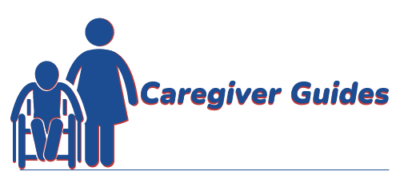
When a person takes on the role of caregiver, they invariably will come in contact with and have to interact with many different healthcare providers. This can, and often does present a problem with regard to communication if a caregiver is unfamiliar with medical terms and vocabulary. Unfortunately, in many cases, health care professionals are so used to explaining things to other practitioners using medical jargon they don’t realize that not everyone understands them.
I have included below many common phrases that rehab therapists may use while helping your or your loved one with their mobility or care. The goal being to empower you and take some of the mystery out of the conversation that you may have from time to time with health care professionals.
Abduction– Moving away from center of the body
Activities of Daily Living– The everyday activities that are performed routinely that allow us to participate with life. Bathing, grooming, dressing, etc.
Adduction– Moving toward the center of the body
Adaptive Equipment – Any device or equipment that helps you perform ADLs (reacher, grab bar, dycem)
Ambulation – Walking
Assistive Device – Any equipment that helps you move (typically walk) better
Bed Mobility -Care recipients ability to move/position self in bed for comfort or entering/exiting; supine to sit
Bilateral– Both sides of body
Cervical– Having to do with the neck
Contra-Indicated – A course of treatment or something that may be otherwise harmful
Distal – Farthest from/Distant to center of body
Extension – Straightening of limb or backwards motion of spine or limbs
Flexion– Bending of limb or forwards motion of spine
Flaccidity– Limp, no muscle tone. Typically from impairment/injury of nerves
Gait Training – Teaching the “how” of walking better
Ground Level Fall – A fall from a level surface that was not caused by something external such as tripping or slipping.
Long Sitting – Sitting with legs stretched out (extended) straight
Lumbar – Lower back
Mechanical Fall – A fall caused by something external to the client
Midline – middle of the body. Imaginary line that divides a body (body part) in left and right halves
Motor Control – Muscle control for purposeful act
Motor planning – the ability to organize and perform movements in a meaningful manner
Prone – Lying face down
Proprioception – Body awareness in space
Proximal – Closest to center or body or point
Range of Motion – The available movement of any joint
Sandwich Generation – Those caring for their children while also caring for their aging parents
Slide Board –
Spasticity – Abnormally increased muscle tone that causes stiffness
Static – Stationary, not moving
Symmetrical – equal side to side
Thoracic – Area of the spine where the ribs are
Transfer – Moving from one surface to another; The change in body position-sit to stand; pivot
Weight Bear – The ability of the limbs to support the body’s weight
Weight Shift – Shifting of body weight to one side or in a specific direction
Vital Signs – Vital signs are important measurements that help healthcare providers tell how well your body is functioning.
